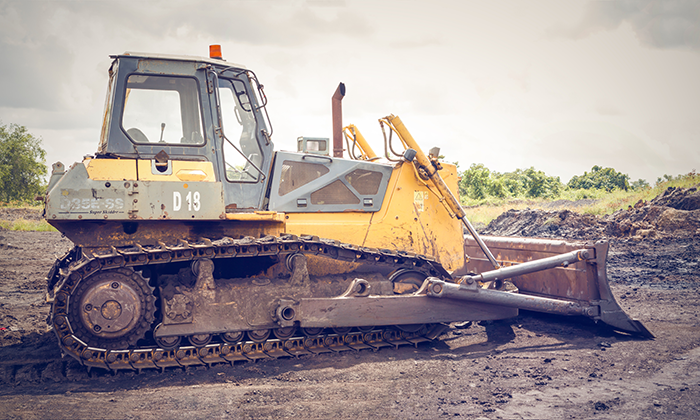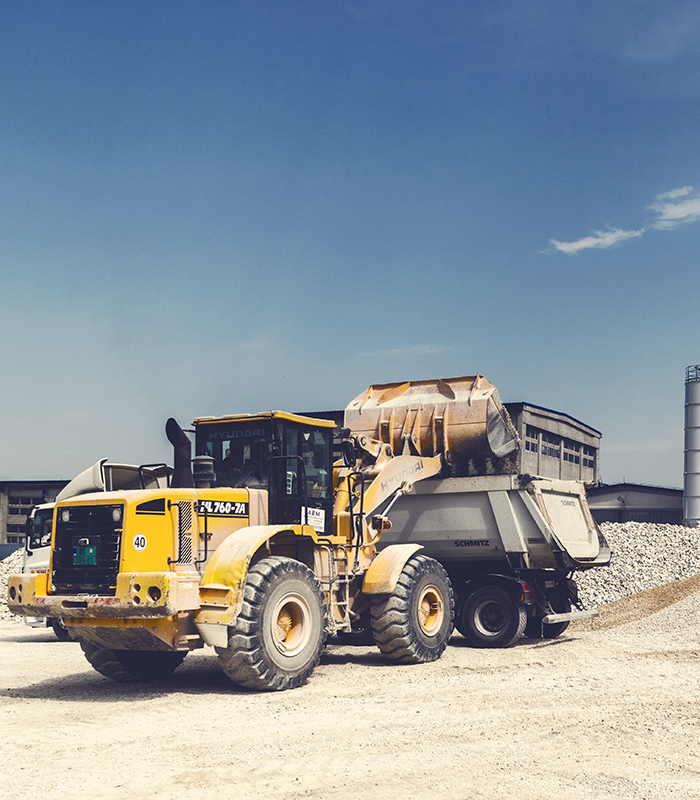Construction, mining, and other industries couldn’t function without heavy machinery companies. Fleet managers, in order to improve efficiency and remain ahead of the competitors in an industry where technology is constantly developing, need to be open to new ideas. This article will examine how business risk management can help reduce risks in the heavy machinery sector in light of recent technological developments.
Embracing Automation and Artificial Intelligence
The heavy machinery business stands to benefit greatly from the advancements in automation and artificial intelligence (AI). Fleet activities can be optimized with the help of these tools by increasing efficiency, safety, and output.
The use of autonomous cars is one form of automation that is being applied to heavy machinery companies. Sensors, cams, and global positioning system technology give autonomous cars the ability to drive themselves. Excavating, grading, and transporting are just some of the jobs made easier and safer by the use of these trucks.
Heavy machinery companies are another area where AI can be put to good use. Artificial intelligence programs can examine information gathered from sensors, cameras, and other resources to spot trends and forecast outcomes. By spotting possible maintenance problems before they become crucial, this can help fleet managers cut down on downtime and extend the life of their machinery.
Reducing Environmental Impact
Heavy machinery fleets are not immune to the increasing worry for environmental sustainability among businesses across all sectors. Fleet managers face increased pressure to lessen their operations’ negative effects on the climate without sacrificing productivity or effectiveness.
Using electric cars is one strategy for decreasing the negative effects of construction machinery fleets on the atmosphere. (EVs). Because they don’t pollute, electric vehicles are a great way to green a fleet. Improvements in battery technology are making EVs increasingly viable for towing and other large loads.
Telematics is another tool that can be used to lessen negative effects on the ecosystem. By tracking how efficiently each piece of machinery operates, telematics systems can help cut down on wasteful gas usage. In addition to helping the environment, this strategy can help drivers save money at the pump.
The Role of Enterprise Risk Management
However, there are new risks that must be handled when adopting technological innovations, despite the fact that doing so can boost efficiency and lessen environmental effects. Management of hazards throughout an entire enterprise is the focus of enterprise risk management (ERM). Fleet managers can benefit from ERM by learning to recognize and respond to the risks that come with new technologies.
The loss of employment is an issue that could arise as a result of AI and robotics. Some occupations could be eliminated as a result of increased computer autonomy. Fleet managers can use ERM to recognize these threats and create plans to deal with them, such as providing redundancy pay or providing additional training for current workers.
Cybersecurity is another area of possible danger. Connected heavy machinery companies are more susceptible to cyberattacks. Implementing cybersecurity procedures and teaching workers to spot potential dangers are just two examples of how ERM can assist fleet managers in identifying and mitigating cybercrime risks.
Improved Maintenance and Repair Processes
The ability to streamline upkeep and repair procedures is a major perk of technological advancements for groups of heavy machinery. Predictive maintenance keeps tabs on machinery health with the aid of data analytics and machine learning algorithms. For transportation administrators, this means fewer breakdowns and longer lifespans for their machinery.
Another technological advancement that can be used to better the upkeep and repair procedures is augmented reality (AR). By using augmented reality, workers can get up and running with faster, more precise upkeep and repairs.Incorporating tools like a tool inventory spreadsheet can further help in tracking equipment and ensuring timely maintenance.
Improved Safety
Likewise, technology is enhancing the security of mobile heavy machinery fleets. Sensors can identify possible dangers, like people or other pieces of equipment, and notify workers. By providing a more comprehensive view of the workplace, cameras can help prevent injuries.
Workers’ vital indicators can be tracked using wearable tech, which can then notify managers of any impending problems like heat fatigue or dehydration. This has the potential to avert catastrophic medical situations on the work.
Improved Efficiency
The productivity of teams of big machinery is also rising thanks to technological advancements. Drones are one tool that can help fleet managers increase productivity by providing real-time data on work site progress and equipment utilization.
In addition, GPS helps fleet administrators monitor their vehicles and vehicles’ success in real time. By doing so, machinery utilization can be optimized, which in turn decreases delay and boosts output.
Improved Training
Training for those who operate large pieces of machinery can also be aided by technological advancements. When used properly, simulators can replicate the real world conditions of a construction site so that workers can gain experience without risking injury. In addition to lowering the potential for mishaps, this can boost user self-assurance and skill.
Moreover, VR technology can be used to create lifelike training environments for workers. Virtual reality can recreate the conditions of a work location so that workers can acquire experience in a controlled setting.
Challenges to Adopting Technological Innovations
While there are many upsides to implementing new technologies in heavy machinery companies, there are also some risks to consider. The expense of introducing new technology is a major obstacle. Upgrading or adopting new technology can be pricey, and the payoff may take some time to materialize.
The possibility of pushback from staff members is another obstacle. Fearing that they will be replaced or that their employment will become more difficult, workers may be reluctant to embrace new technologies.
Finally, internet security is a major issue that needs to be considered when introducing new technologies to groups of heavy machinery. In order to steal information, disrupt operations, or even close down entire systems, hackers may target heavy machinery fleets.
Mitigating Risks Associated with Technological Innovations
Risks brought on by new technologies implemented in groups of large machinery can be mitigated with the help of enterprise risk management (ERM). Fleet managers can benefit from ERM because it allows them to better anticipate and plan for hazards.
Risks related to implementing new technology can be reduced by using a phased strategy. Managers of rental vehicles can phase in new technologies at their own pace, based on their own priorities. This can make it easier for workers to adapt to new technologies and lessen the likelihood of unanticipated issues.
Providing extensive instruction to workers is another risk-mitigation strategy. Employees can feel more at ease with and capable of making effective use of new technologies if they are given the proper instruction and assistance.
Finally, solid cybersecurity procedure implementation can help lessen the blow of cyber assaults. To safeguard their fleets from cyberattacks, fleet managers can collaborate with IT specialists to deploy protective measures such as encryption, routers, and more.
Conclusion
Automation, artificial intelligence, electric vehicles, telematics, predictive maintenance, augmented reality, sensors, drones, GPS technology, simulators, and virtual reality are just some of the technological advances that are reshaping the heavy machinery business.
The productivity, effectiveness, safety, and operator training can all see boosts thanks to these developments. However, they also bring in unanticipated hazards that need to be addressed. Successfully adopting technological advances and maintaining competitiveness in the future requires heavy machinery fleets to implement corporate risk management strategies and take a phased approach to deploying new technologies.




